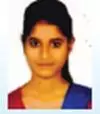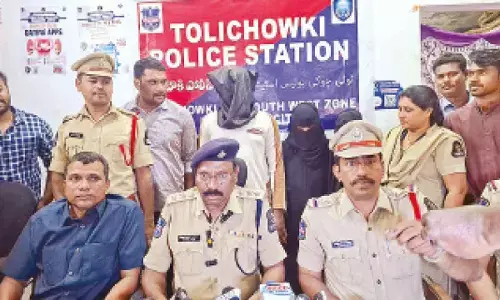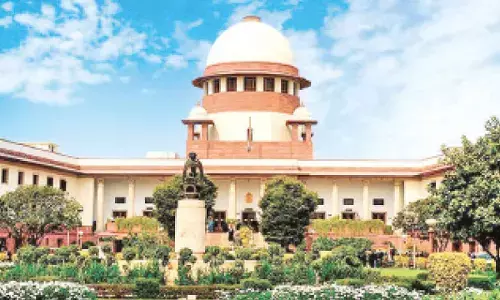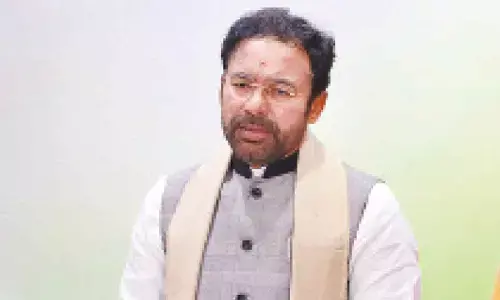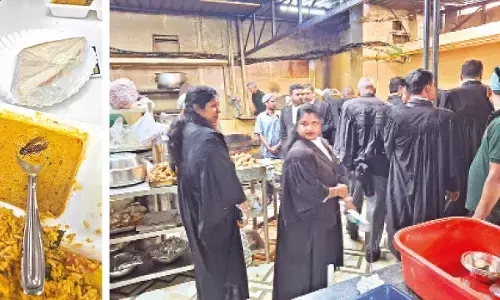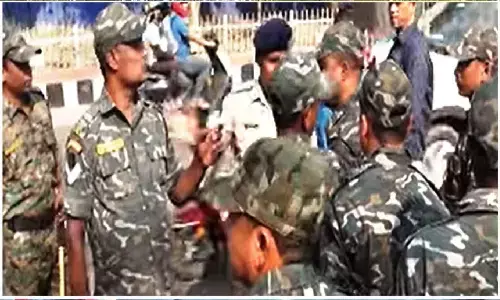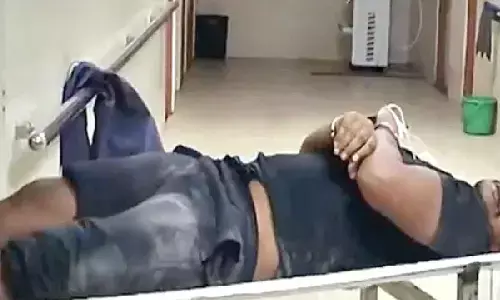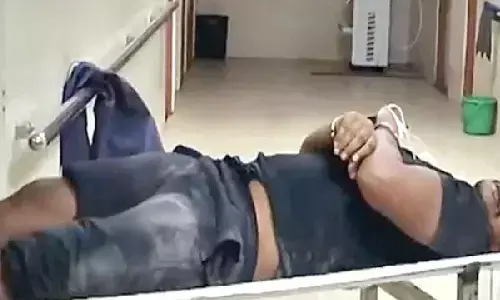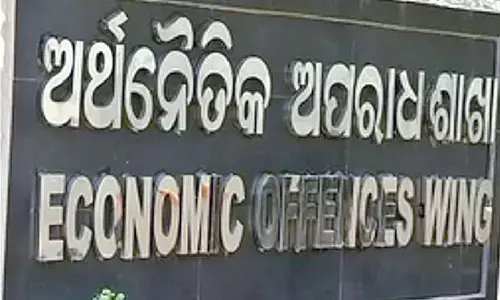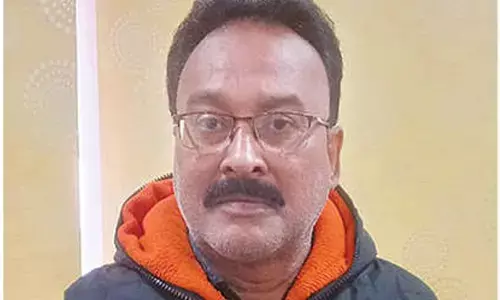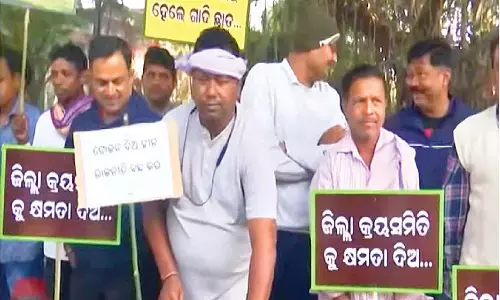I always find easy way for students to learn music
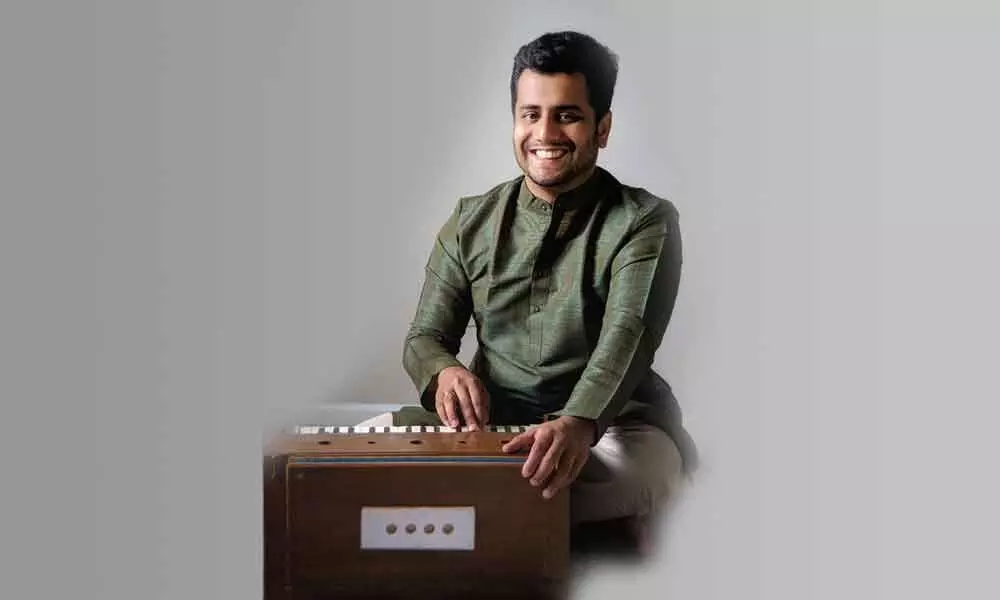
I want to leverage technology to help students learn more efficiently. My goal is to develop tools and platforms for students learning online to overcome some of the challenges. Developing an app for music learning is on my radar as well as publishing new books with quality training material – Praneet Marathe
Used for the students, this system is language agnostic and it can be used in any language – Hindi, English and Marathi. Students would be able to take notes while listening to the guru on a digital device and send it across to the guru for verification and the guru can check it instantly and suggest edits
Meet Praneet Marathe, musician-scholar develops a new-age notation system, structured online learning modules for music.
Proficient Harmonium player and teacher Praneet is among the selected to come from a rich legacy of Hindustani classical music in India. Known for developing learning frameworks, teaching, and examining his peers at the 1932-established musical institution Gandharva Mahavidyalaya, is now revolutionising the system of teaching and learning music online in the country.
Marathe proposes that this new material be used to train students in basic and advanced concepts.
Speaking about the new system, he says: "For virtual students, the new system I have developed, could be typed on digital devices eliminating the need of custom keyboards as it uses the symbols readily available. Moreover, the beats, the swaras and taal all can be written in a single line which is very easy to follow."
According to Marathe, students can type and document compositions as a guru is singing or playing an instrument. And using a custom app, this notation can be easily converted into the traditional notation systems using software.
Experts from an interview with Praneet
Journey
My musical journey started when I was six-years-old. I developed interest and started learning Harmonium from my father as I listened to him playing in concerts and while he taught students. Soon at the age of 12, I played my first concert and since then I have played with many Indian Classical Musical stalwarts in India and abroad. I have played in major concerts such as Pune Festival, Yuva Sangeet Samaroh Pune to name a few. I have also accompanied them in concerts for All India Radio. I received a scholarship from the Ministry of Culture, Government of India for Harmonium. I have played an important role in Gandharva Mahavidyalaya creating curriculum for music, crafting learning material, as a harmonium faculty and also served as examiner on the esteemed panel.
Notation system
History- Music has been around us for centuries. Classical Music is based on imagination and musicians have created compositions in various languages as well as different musical forms. For decades and centuries, music has been taught mostly in oral form where the guru imparts knowledge to its disciples. However, the saints from Vedic times started attempting to document compositions.
Recent developments- In the modern era, after the 1850s, two musicians -Pt. Vishnu Digambar Paluskar and Vishnu Narayan Bhatkhande created a notation system that is still used and is used for teaching all over as well as used as a notation system in books.
Need for new system – However, in the modern digital times, things are changing and there is a need to revamp the notation system as the ways of learning, ways or practicising (Riyaz) have changed
Description of new system – The Paluskar and Bhatkhande swarlipi (notation system) is intuitive but takes effort to write on paper. Today as things have gotten digital, gurus are teaching music online. It's very difficult to make notes while listening to a guru. As it would require more time and resources such as customized keyboard layout as the symbols and structure is very complex.
What the new system offers – The new system I have developed, can be used on mobile, tablet or PC using regular keyboard as things have been simplified using the symbols readily available. Moreover, the beats, the swaras and taal all can be written in a single line which is very easy to follow.
How does it work
In a music notation system, there are some fundamental components-?
1. Symbols for Matras
2. Symbols for Komal,
Teevra swar, Mandra saptak, taar saptak
3. Taal matra indicators
4. Bol (in case of vocal)
In the traditional Paluskar system, for an instrumental music composition (which does not have bol / lyrics, only swaras) a multi-line system is used where for e.g 1st row contains swaras, in the second row – matras and 3rd taal indicators. This makes formatting very crucial. If the swaras, matras, indicators are not aligned it can lead to misinterpretation. The new system makes it easy and has everything in one line – Taal indicators followed by swars followed by matras, so there is a grouping of 3-4 characters for each swara. It uses some of the symbols from Paluskar lipi to make it easier for people to understand and introduces some new symbols readily available on the computer keyboard for easier typing on digital devices
Idea and inspiration
Over the period of time, as more students have started learning music online it has become increasingly difficult for teachers to train the students. Many teachers who don't have the required material already printed spend hours and hours writing notations of compositions, taking pictures and sharing it with their students. They cannot use the tools on the computer as the symbols in the script are not available. Special fonts and software are needed to digitize the notation which requires specialised resources. And as we make advancements in the way music is taught, some things along with that should evolve as well, one of which is notation system
While teaching at Gandharva Mahavidyalaya, I felt the need of having a system which is easier to write, easier to check and easier to follow. When it comes to examining the students, one cannot use the traditional system online. As a music teacher and a performer, I always think of ways making it easier for the students to learn and practice music.
Students are learning music online more than ever. It's hard for the guru or the teacher to see how well the students are taking notes or check if there are any mistakes
How students can access it and use for the students
How to access to use the system students need to know the symbols and framework. Students would be able to learn and follow that from the books published by Gandharva Mahavidyalaya, Pune.
use for the students, this system is language agnostic and it can be used in any language – Hindi, English, Marathi. Students would be able to take notes while listening to the guru on a digital device and send it across to the guru for verification and the guru can check it instantly and suggest edits.
Any musician, teacher, student can easily take notes of their ideas as they come through without needing pen and paper. There can be so many things that can be done down the line. The opportunities are endless e.g creating a new keyboard for mobile apps which has only the necessary symbols and letters, eliminating the clutter. An app could also be developed which takes this notation as input and converts the notation into the traditional notation systems.

